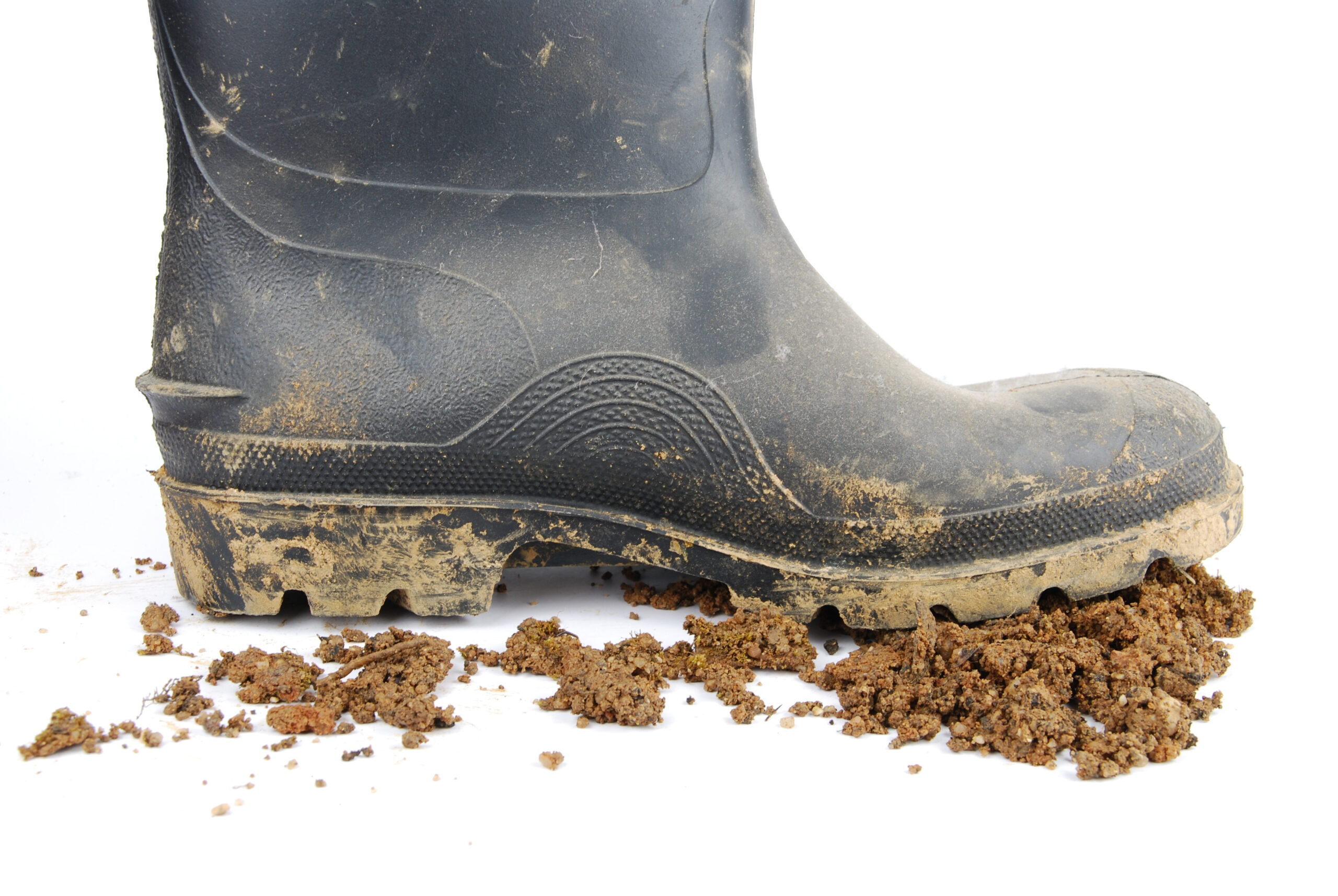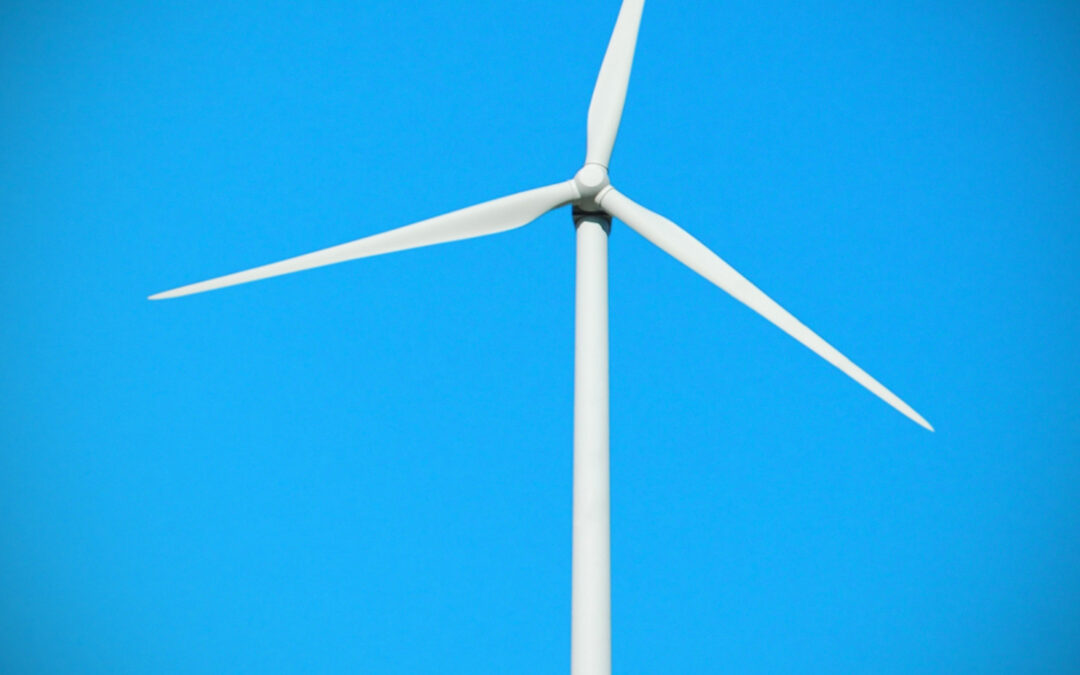Are you tired of buying produce that has been picked too early, shipped long distances and stored improperly? Do you want to know exactly where your food comes from and how it was grown? If so, homesteading might be for you. In this guide, we will cover everything you need to know about growing your own food on a homestead.
Homesteading is a lifestyle choice that involves living self-sufficiently on a small plot of land. It typically involves raising animals, growing crops, and preserving food for the winter months. While it may seem daunting at first, with the right planning and preparation, anyone can become a successful homesteader.

One of the most rewarding aspects of homesteading is being able to grow your own food. Whether you have a large garden or just a few pots on your porch, growing your own produce can be both satisfying and delicious. In this section, we will discuss some tips for choosing the right plants for your garden, preparing your soil, planting your seeds, caring for your garden, and harvesting your crops.
Choosing the Right Plants for Your Garden
The first step in starting a vegetable garden is deciding which plants to grow. Consider what you like to eat and research which varieties are best suited for your region and climate. Some popular vegetables for beginners include tomatoes, lettuce, spinach, radishes, and green beans. You should also consider the size of your garden and the amount of time you have to tend to it.
Preparing Your Soil and Planting Your Seeds
Once you have chosen your plants, it’s time to prepare your soil. Start by removing any weeds or debris from your garden bed. Next, add compost and other organic matter to enrich the soil. You can also use a tiller or spade to loosen up the dirt.

When planting your seeds, follow the instructions on the seed packet carefully. Most seeds should be planted 1/4″ – 1/2″ deep and spaced according to the package directions. Water your plants regularly and keep an eye out for pests and diseases.
Caring for Your Garden and Harvesting Your Crops
As your plants begin to grow, you will need to care for them properly. This includes watering, fertilizing, and pruning as needed. You should also watch for signs of disease or insect damage and take appropriate action if necessary.
Harvesting your crops can be one of the most exciting parts of gardening. Depending on the type of plant, you may be able to start harvesting within a few weeks or months. Be sure to pick your produce when it is ripe and ready to eat. Many vegetables such as tomatoes and peppers can be preserved for later use by canning or freezing.
In conclusion, growing your own food on a homestead can be a fulfilling and rewarding experience. By following these simple steps, you can create a thriving vegetable garden that provides fresh, healthy produce for you and your family.



